
Brown grass can be an alarming sight at your North Texas home. But brown grass doesn’t always mean a lawn is dead.
In fact, there’s quite a bit of confusion over dormant vs. dead grass. Even though we have relatively mild winters here in North Texas, most lawn types do go into a state of dormancy during the winter months. This is a defense mechanism for the lawn.
That being said, in the early spring it can lead to some uncertainty about how to revive dormant grass.
In this article, we’ll address how to tell if grass is dead or dormant as well as how to go about getting off on the right foot for spring.
Our goal is to set you up for long-term lawn care success!
First and foremost, let’s talk about dormant vs. dead grass. A key to determining if your grass is in dormancy is the time of the year. As we mentioned, grass goes into dormancy during the winter as a protection against the cold.
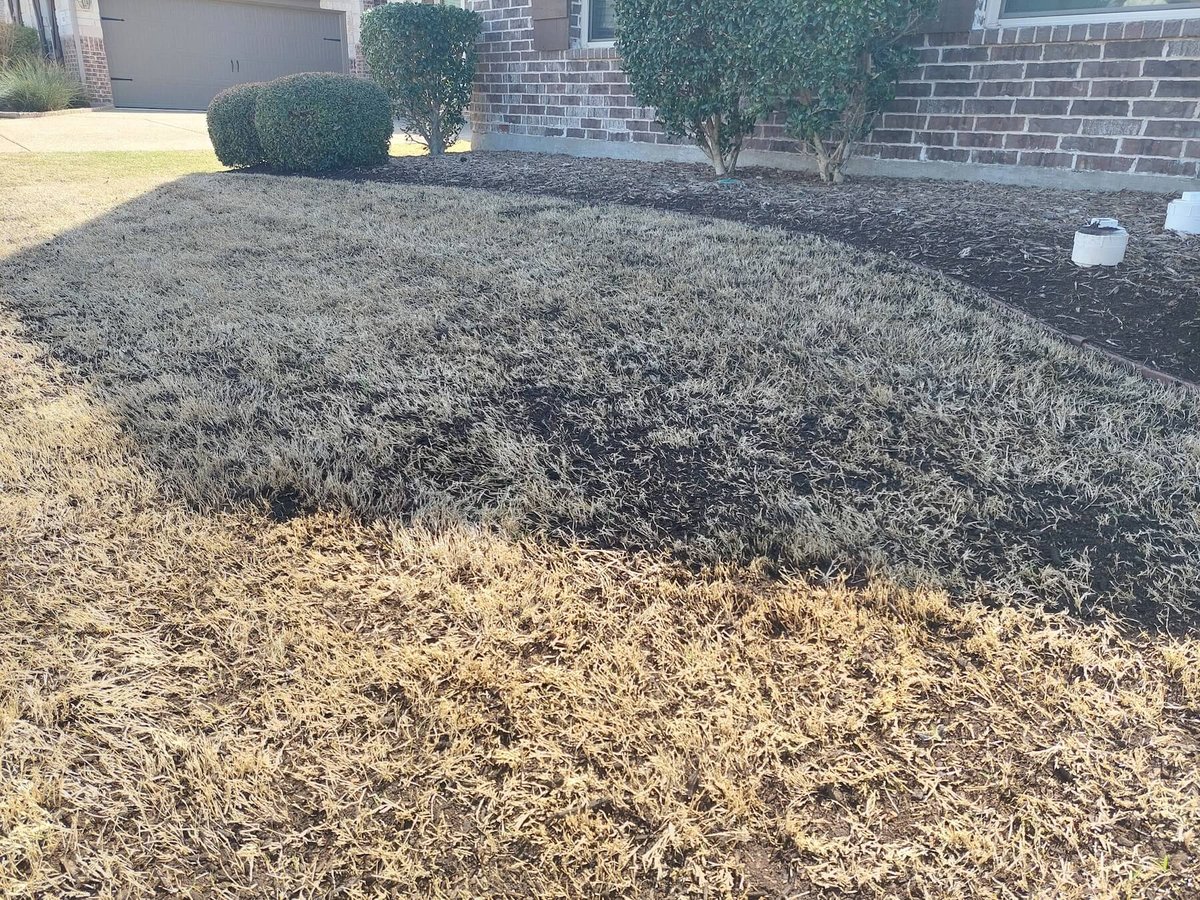
You should also look at what areas of the lawn are affected.
Is the entire lawn a brownish color or is it happening in patches? If it’s the latter, it could actually be a problem with a disease or pest. But if the entire lawn is brown AND it’s winter, it’s most likely just in a state of dormancy.
If your grass is simply in a state of dormancy, you might be wondering if there is anything that you can do to help it bounce back and green-up quicker.
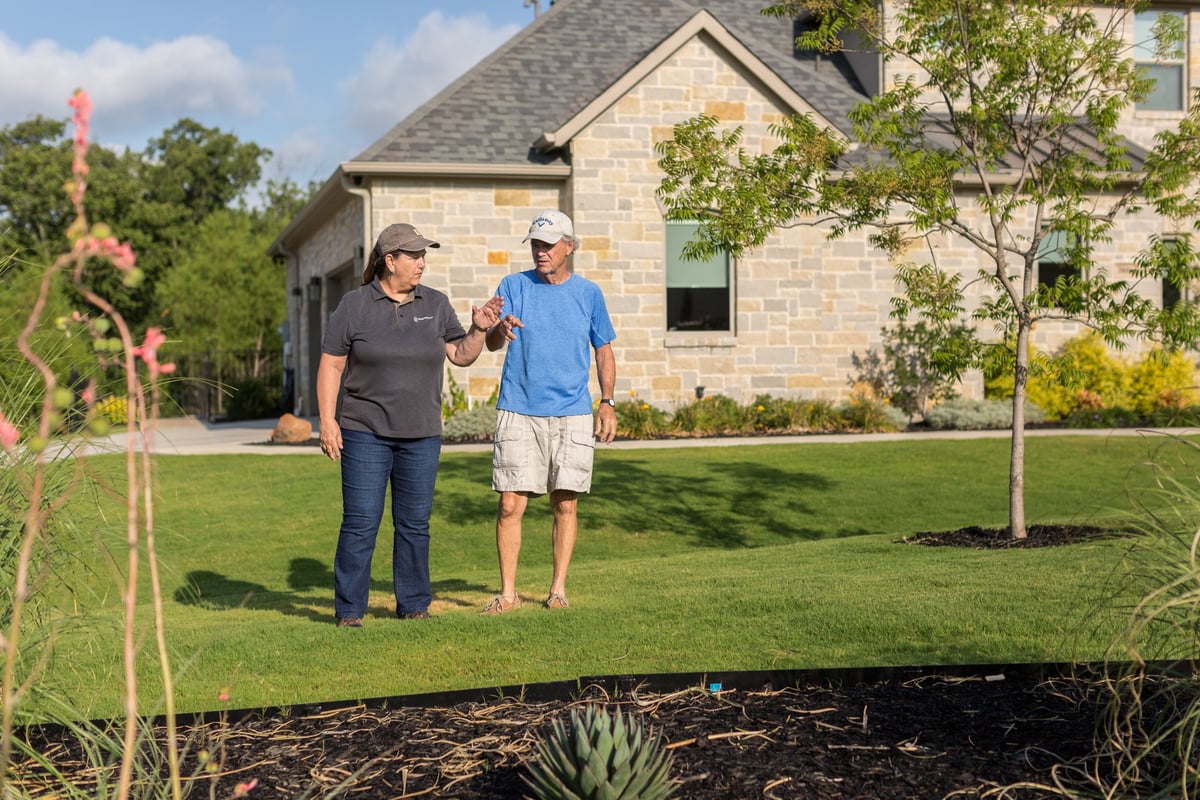
How your lawn performs coming out of winter actually has a lot to do with late summer fertilization application. This final application of fertilizer not only gives your lawn nutrients it needs to get through the winter, but it also helps it bounce back in the early spring.

This is a proactive step that you might have missed. If that’s the case, here are a few other step-by-step approaches to take to revive dormant grass.
When it comes to how to revive dormant grass, your early spring lawn care applications are important. Early spring fertilization helps to provide your lawn with important nutrients as it comes out of dormancy.
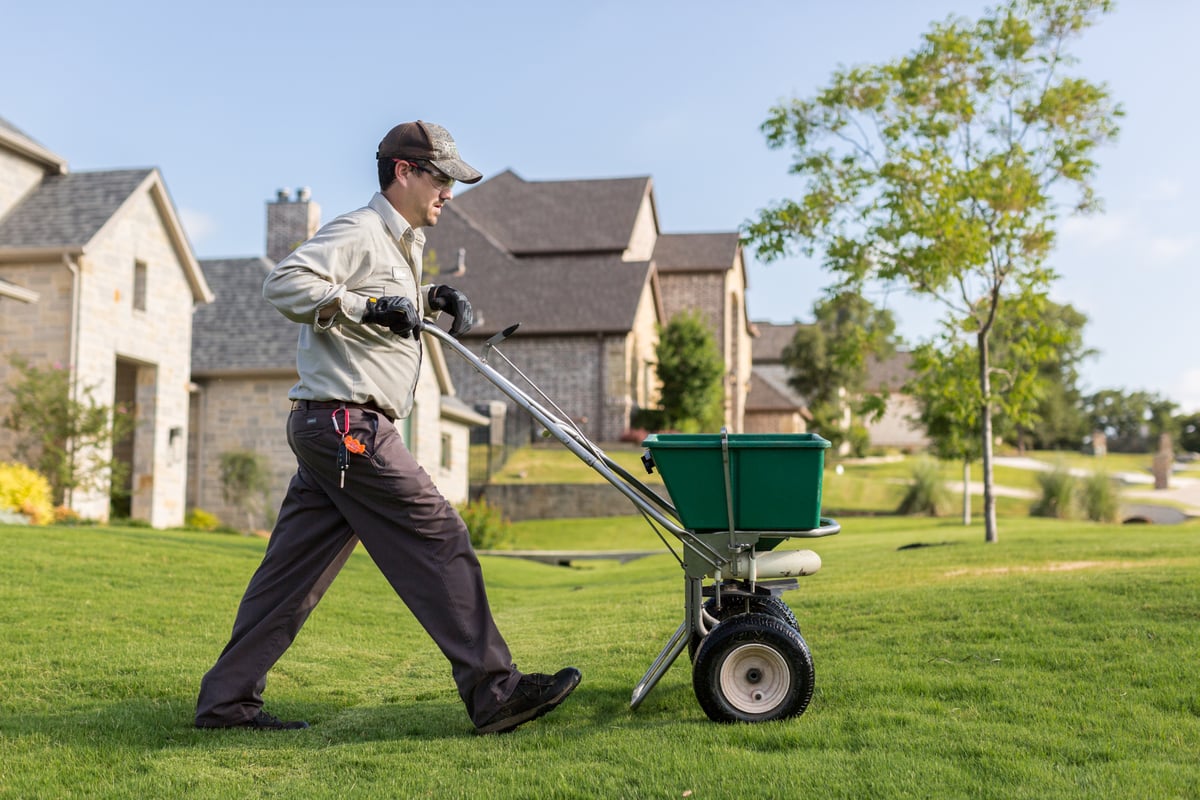
In the early spring, you also don’t want to miss the window for pre-emergent crabgrass control. These products only work before crabgrass has germinated. You don’t want to get your spring lawn care off on a bad foot by letting weeds creep in right away.
As your lawn starts to grow again, you’ll also want to get back on a lawn watering schedule. The best time to water the lawn is in the early morning, allowing enough water to reach the roots before it gets evaporated.
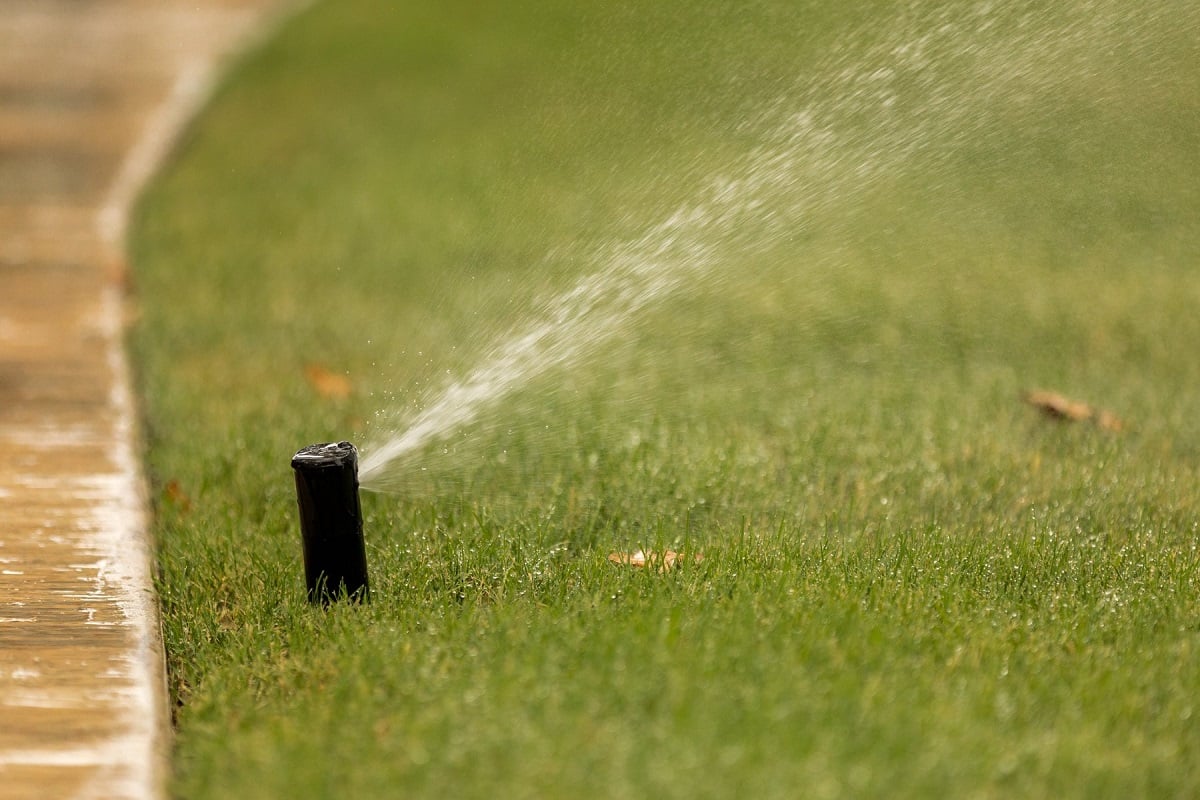
You want to avoid watering at night when that water may remain “sitting” on the lawn and potentially lead to fungal growth.
As your lawn first comes out of a state of dormancy, you need to get back into a mowing routine.
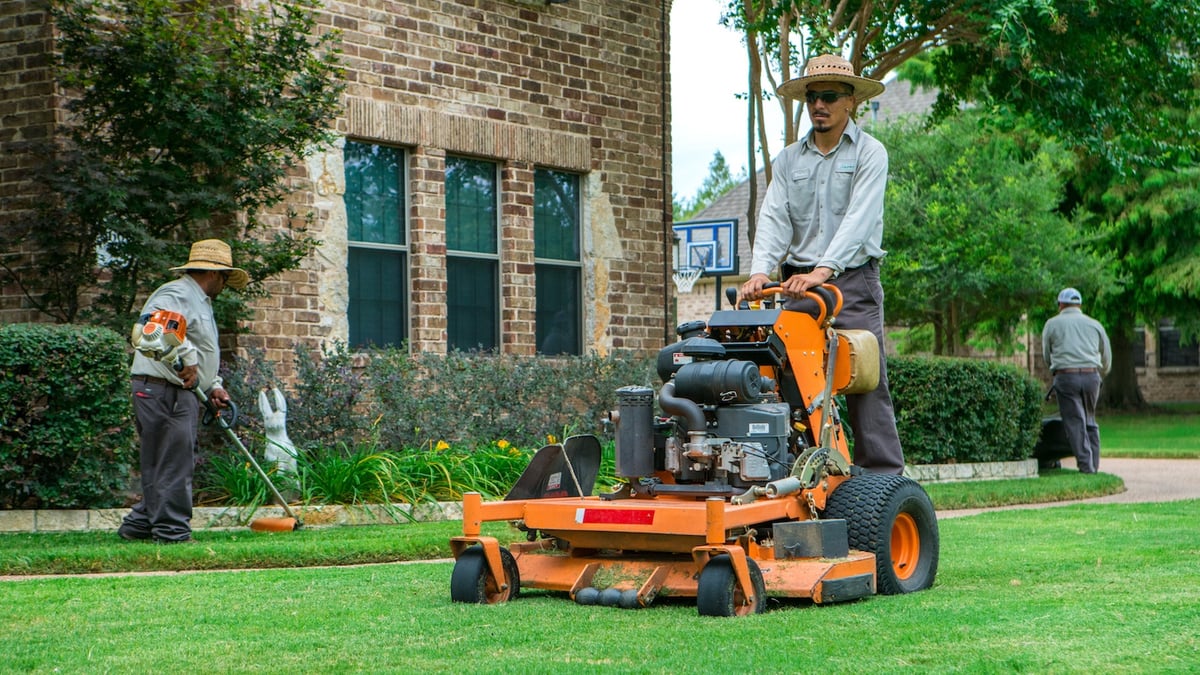
As your lawn initially begins growing, mow a little higher as to not put added stress on it during this critical time.
Always mow the lawn with sharp blades and a level mow deck. You can use this early season to ensure that your mowing equipment is ready to go if you handle mowing on your own.
So far our tips have been about how to revive dormant grass. But what if it turns out that the lawn is actually dead?
Sometimes homeowners ask us Can you bring dead grass back to life?
Unfortunately, the answer is no. If your lawn is TRULY dead, there’s no returning from that state.
If your lawn has died from a pest or disease infestation or perhaps extreme environmental conditions like drought, then you’ll have to consider restoration options like seeding or sodding.
It will also be important to get to the bottom of why your lawn died in the first place so that an action plan can be created going forward. It’s rare that an entire lawn will die. This usually happens in patches. But it will be important to diagnose what’s going on in those patches before it does spread.
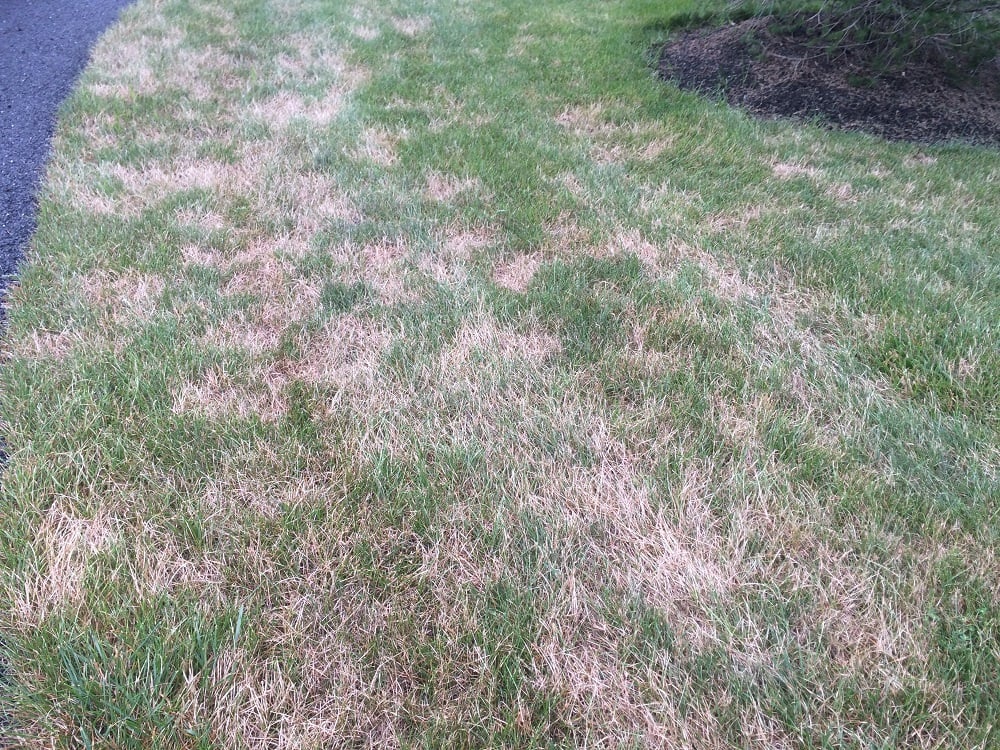
For instance, if it’s a lawn insect or a disease, there might be a solution that can be implemented.
The proper diagnosis of your lawn problems will be key in saving the rest of your lawn. It’s important to work with a lawn care professional in order to get the most accurate answers for your lawn.
If there’s truly something going on, it will need to be remedied quickly.
Knowing what’s going on with your lawn can feel complicated. But you don’t have to be on your own in figuring things out. When you partner with professional lawn care services in North Texas, you remove the burden from your shoulders.
A lawn care pro will be able to tell you what’s going on with your lawn including whether it’s in a state of dormancy or if there’s something more serious going on. They’ll be able to make proper diagnoses and also implement effective solutions.
At Grassperson, we’re here to be your lawn experts. It’s in our name! We are skilled at making expert diagnoses and setting you up on a path for success. We truly care about keeping the lawns here in North Texas healthy and thriving.
Seriously, let go of worrying about your property needs by finding out more about our Total Maintenance package. Get a Free Quote, then you can enjoy the best lawn and landscape on the block!
These Stories on Lawn Care